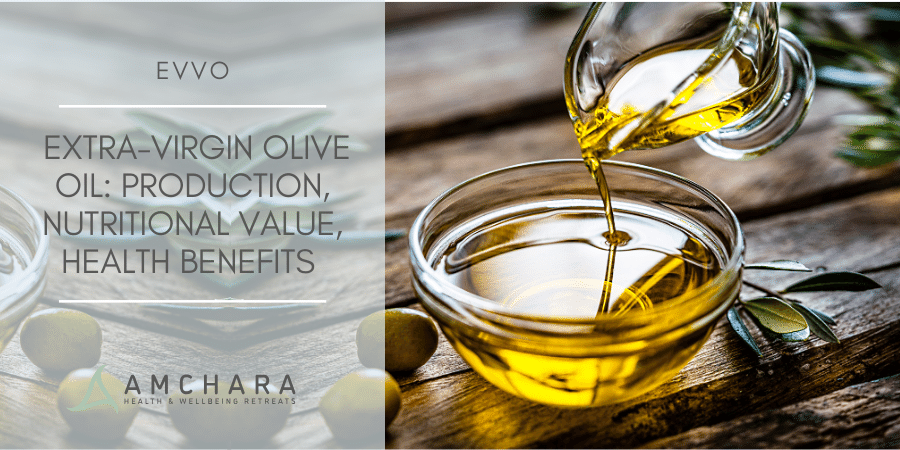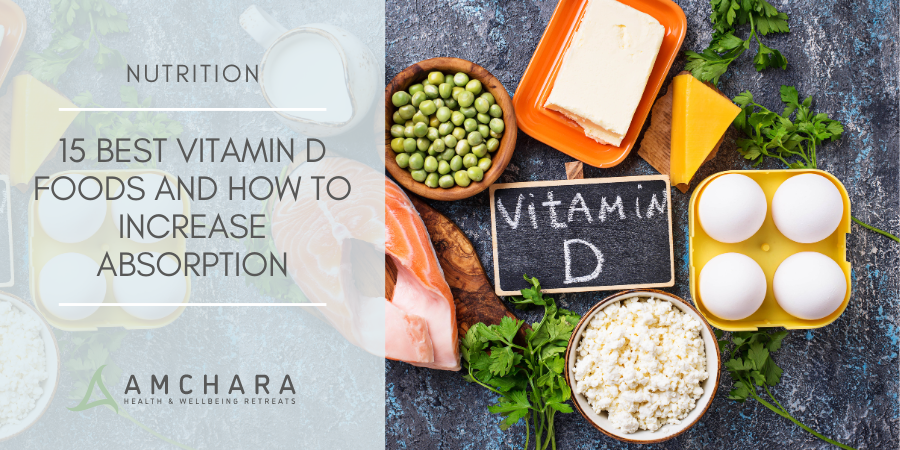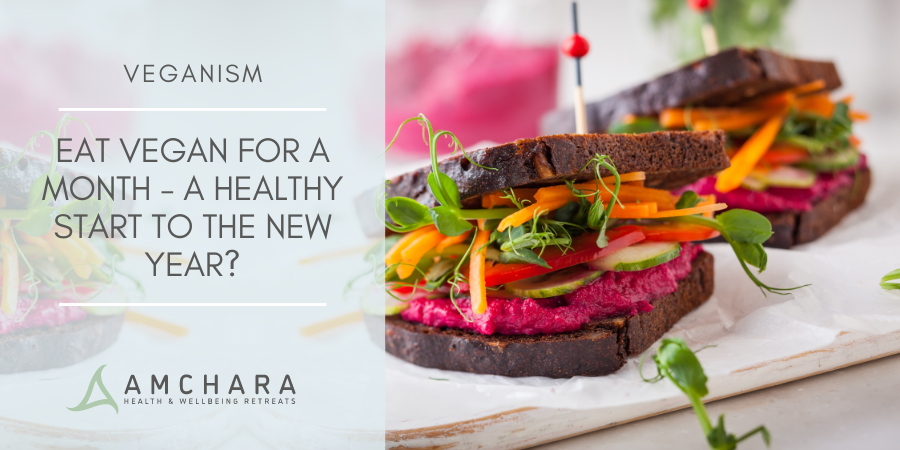The Origins of Olive Oil
The olive tree belongs to the Oleaceae family and has a life span of around 300-400 years. It is one of the oldest known cultivated trees in the world, but its origins remain a bit of a mystery. It is thought to have originated in either Syria or sub-Saharan Africa.
What we do know is that for more than 6000 years all major Mediterranean civilizations have played a part in cultivating olives, the Romans, Greeks, Egyptians and Phoenicians. It is generally believed that the Phoenicians took olives to Spain and North Africa around 1000 BCE, and the Greeks imported the trees into Italy.
Ancient documents in Syria indicate that around 2000 BCE the value of olive oil was five times that of wine and two and a half times that of seed oils. Nowadays over 23 million acres are utilised in the Mediterranean basin to commercially produce olives. As well as this new crops exist in Chile, Argentina, South Africa, Australia and California.
The olive tree is a hardy plant and was traditionally grown in areas where little else would survive. It doesn’t respond well to moisture during bloom and likes hot dry conditions; it even produces better crops with a little stress.
Traditionally olives had many uses but were mostly grown for lamp oil.
The oil was also used in religious rituals, to make offerings to the gods, to consecrate the dead as well as being used medicinally to cure diseases.
Historical records also show it was applied as a treatment for the skin and hair and used to make soap. However there is nothing to suggest it was used for human consumption and didn’t appear to feature in the diet as it does today.
Olive Oil Production
Currently, Spain is the world’s top producer of olive oil followed by Italy and then Greece. Together they produce 77% of olive oil globally.
Healthy olive oil is made from crushing and subsequently pressing olives and is graded to reflect the degree to which it was pressed. The better the grade, the fresher and tastier the oil and the greater the health benefits.
Freshly pressed oils that are produced from healthy, freshly picked olives generally have a low acidity around 0.5%; this is one of the measurements used to determine the quality of edible oil.
Grading:
- Extra virgin – this is the oil extracted from the initial unrefined first crushing of the olives.
- Virgin oil – indicates the oil that is garnered from the first pressing
- Pure olive oil – is more or less any oil that it is possible to press from the olives regardless of the number of pressings.
- Olive pomace oil – is extracted from the pulp that remains after pressing with the use of solvents and other chemical processes and hot pressed
Extra virgin oil (EVOO) has up to four times more oleic acids than other grades. ‘Cold pressed’ means that the crushing of the olives was carried out without the use of heat. This process is more difficult but the quality of the oil is higher. The use of heat and exposure to light and air can promote rancidity of the oil.
Oils are also prone to absorbing chemicals in their surroundings so it is preferable to buy organic olive oil that is sealed in small dark glass bottles.
Metal and plastic containers can leach unwanted compounds into the oil so glass is always the best option. It should be stored in a cool dark place away from the oven or other heat sources.
Nutritional Value
Extra-virgin olive oil is one of the healthiest fats available. It is composed mainly of monounsaturated oleic acid, plus a number of other fatty acids. The presence of each is approximately as follows:
- Oleic Acid (a monounsaturated omega-9 fatty acid). 55 to 83% of olive oil.
- Linoleic Acid (a polyunsaturated omega-6 fatty acid). 3.5 to 21% of olive oil.
- Palmitic Acid (a saturated fatty acid). 7.5 to 20% of olive oil.
- Stearic Acid (a saturated fatty acid). 0.5 to 5% of olive oil.
- Linolenic Acid (a polyunsaturated omega-3 fatty acid). 0 to 1.5% of olive oil.
Because olive oil has a higher ratio of monounsaturated fats to polyunsaturated fats it is considered more stable and has a higher resistance to oxidation.
The ‘International Olive Oil Council’ deems that there should be no more than 0.9% of polyunsaturated linolenic acid in EVOO. This level is used to establish the authenticity of olive oil.
Olive oil’s nutritional value arises from its high levels of oleic acid, its vitamin E and K content and its phenolic compounds which have powerful antioxidant properties. The main antioxidants found in olive oil are oleocanthal, oleuropeina, tyrosol and hydroxytyrosol.
Olive oil’s distinctive flavour and aroma are due to the specific volatile organic compounds which develop during and after extraction. Oils with high polyphenol content are generally more bitter and pungent.
Olive oil is one of the most stable oils for use in baking, sautéing and stir frying. It has a high smoking point of 210 degrees centigrade. Other fats such as corn oil and butter have lower smoking points and will break down at this temperature and produce toxic substances.
Additionally olive oil forms a seal around the food, preventing the absorption of further oil and improving its flavour.
Olive oil also increases in volume when re-heated so less is required for cooking. It can be re-used several times but generally no more than four to five times is recommended.
According to research, vegetables that are deep-fried in EVOO are also healthier than raw or boiled vegetables because the beneficial phenols are transferred from the olive oil increasing their antioxidant capacity. However for those watching their weight it should be noted that this method also increases the calorie count of the vegetables.
*Worth Knowing: It is possible to freeze olive oil it doesn’t harm it; in fact it will actually prolong its nutritional benefits and flavour.
Health Benefits
Olive oil is a marvellous food-medicine; this is partly due to its polyphenol content. It is widely recognized that the consumption of antioxidant phenolic compounds produce beneficial health effects.
These compounds possess strong free radical scavenging capacities and play an important role in protecting against oxidative damage and cellular aging which contribute to a number of chronic diseases.
The flavonoid polyphenols in olive oil have been shown to offer a host of beneficial effects from lowering cholesterol, blood pressure, heart disease and the risk of type 2 diabetes as well as having favourable anti-cancer effects.
Additionally the monounsaturated fats found in olive oil keep cell membranes in the body fluid which means they are more able to hold water, electrolytes and vital nutrients.
Cells with fluid membranes can be more effectively controlled by regulating hormones and are also better able to communicate with other cells.
Anti- inflammatory activity
Olive oil contains oleocanthal; an antioxidant substance which research has shown can reduce inflammatory compounds. It is thought to work by inhibiting enzymes that mobilize the inflammatory process.
Animal studies have found it to have potent anti-inflammatory activity in acute inflammation and acts similarly to ibuprofen a popular anti-inflammatory drug. Evidence suggests that it may be beneficial in inflammatory and autoimmune diseases such as rheumatoid arthritis.
Anti-cancer benefits
Several types of cancer are attributed to oxidative stress brought about by free radical damage and chronic inflammation.
Free radicals are extremely destructive compounds generated internally from everyday metabolic activity and externally from toxic substances.
These molecules can seriously damage the cell membranes and cause oxidative damage to the DNA – which over time can lead to tumour growth. This destructive process can be countered by antioxidants like vitamin E. Olive oil contains a rich source of alpha tocopherol the most active form of vitamin E.
The polyphenols as well as oleic acid found in olive oil are resistant to oxidation and have a special ability to protect the DNA.
A number of studies have demonstrated that phenolic compounds such as oleocanthal and oleuropein found in olive oil exert anti-proliferative effects, preventing the growth of tumours as well as encouraging tumour cell death.
Furthermore oleocanthal has been found to disrupt the pathways that produce malignancies.
Oleic acid is also able to stimulate the production of a cell molecule whose function is to prevent the formation of proteins that cause cancer.
These benefits are confirmed by research which has identified lower incidences of upper digestive track cancers in populations that regularly consume olive oil.
There is also a possibility that the phenolic compounds in EVOO offer a chemoprotective effect for stomach cancers that are caused by a bacterial strain of H.Pylori.
The polyphenols found in olive oil can remain stable within the acidic environment of the stomach for hours and exert a powerful antibacterial effect against several strains of H.Pylori, including those strains that are considered antibiotic-resistant.
High blood pressure
Studies have found the oleic acid and polyphenols in olive oil have an impressive effect on lowering blood pressure. These favourable benefits are likely due to their positive effects on cell membranes and antioxidant activity.
Cardiovascular protection
Large studies have concluded that the anti-oxidant and anti-inflammatory effects of EVOO lower the risk of oxidative stress and chronic inflammation that are associated with cardiovascular risk.
In particular the polyphenol hydroxytryrosol found in EVOO has protective effects on the blood vessels as well as helping to prevent oxidative damage to LDL cholesterol. Furthermore olive oil offers overall heart health benefits by lowering blood pressure and reducing the risk of blood clots.
Diabetes
Compared to the Northern European diet, the Mediterranean diet has been found to protect against Type 2 diabetes, this is thought to be partly because it includes a high intake of extra-virgin olive oil.
EVOO has been shown to help regulate blood-sugar levels, reduce LDL cholesterol and lower insulin resistance, which are some of the key factors for developing type-2 diabetes.
Several studies have demonstrated that the monounsatured fats and omega 3 oils found in olive oil improve insulin sensitivity, protecting against the development of type2 diabetes.
Digestive benefits
Olive oil is gentle on the stomach and can act as a laxative, by softening the stool and smoothing the colon to aid elimination.
Researchers have recently discovered that olive oil has properties which regulate appetite and increase the sensation of fullness.
Preliminary animal studies suggest it can regulate the sense of hunger and help promote weight loss. It has also been found to help with indigestion, acid reflux, gastritis, ulcers and pancreatic function.
Choosing Authentic Extra-Virgin Olive Oil
Now you know how amazing extra-virgin olive oil is, it’s worth pointing out that in recent years a high percentage of olive oils have been discovered not to be EVOO.
Even though the bottle may be labelled EVOO it could be a seed oil which is made to look and smell like olive oil by adding chlorophyll and beta-carotene, or it may be a mix of poorer quality olive oil with EVOO. Even worse it could be oil from a completely different source like canola oil!
There are several organisations that have produced EVOO definitions and standards which are not always enforced, allowing a lot of room for manipulation and fraud.
USDA testing has identified some of those which do not meet the EVOO standards and some that do, so when you go shopping be aware of the following brands:
Adulterated oils that failed to meet EEVO standards:
- Bertolli
- Carapelli
- Colavita
- Star
- Filippo Berio
- Mazzola
- Mezzetta
- Newman’s Own
- Sasso Classico
- Safeway
- Whole Foods
Olive oils that passed the EVOO standards:
- Bariana
- Corto Olive
- Cobram Estate
- California Olive Ranch
- Ellora Extra Virgin Olive Oil
- Kasandrinos Organic Extra Virgin GreeK Olive Oil
- Kirkland Organic
- Lucero (Ascolano)
- McEvoy Ranch Organic
- Ottavio
- Omaggio
- Partanna Extra Virgin Olive Oil
- Whole Foods California 365
- Olea Estates 100% extra virgin olive oil
- Trader Joe’s California Estate
Additional tips for recognising genuine EVOO
- Try it – fresh olive oil that is not rancid will have a fruity taste in the front of your mouth and a peppery taste in the back of your mouth
- Avoid oils that are light or blended
- If it costs less than £10 a litre it’s unlikely to be real. Genuine EVOOs sell for about 30-40% more than other varieties
- Look for a harvesting date on the label
- Look for a seal from the International Olive Oil Council
- Choose EVOOs that have won awards, these are unlikely to be fake
You may want to also read:
REFERENCES
- Abut E et al (2009). Administration of olive oil followed by a low volume of polyethylene glycol-electrolyte lavage solution improves patient satisfaction with right-side colonic cleansing over the administration of the conventional volume of polyethylene glycol-electrolyte lavage solution for colonoscopy preparation. Gastrointestinal Endoscopy; 70, (3): 515-521.
- Akram Zribi, Hazem Jabeur, Felix Aladedunye, Ahmed Rebai, Bertrand Matthäus, Mohamed Bouaziz (2014). Monitoring of Quality and Stability Characteristics and Fatty Acid Compositions of Refined Olive and Seed Oils during Repeated Pan- and Deep-Frying Using GC, FT-NIRS, and Chemometrics. Journal of Agricultural and Food Chemistry; 62 (42).
- Alonso A, Martinez-Gonzalez MA and Ruiz-Gutierrez V (2006). Monounsaturated fatty acids, olive oil and blood pressure: epidemiological, clinical and experimental evidence. Public Health Nutrition; 9, (2): 251-257.
- American Chemical Society. “New Potential Health Benefit Of Olive Oil For Peptic Ulcer Disease.” ScienceDaily. ScienceDaily, 14 February 2007. <www.sciencedaily.com/releases/2007/02/070212101701.htm>.
- Barranco C Herrerias JM, La Lastra C, & Motilva V (2001). Mediterrranean Diet and Health Biological Importance of Olive Oil. Current Pharmaceutical Design; 7, (10), 1: 933-950(18).
- Beauchamp G K et al.(20025). Phytochemistry: Ibuprofen-like activity in extra-virgin olive oil. Nature;437, 45-46.
- Ben-Attia M, Fezai M, Jemaa M and Senovilla L (2013). Analgesic, Anti-Inflammatory and Anticancer Activities of Extra Virgin Olive Oil. Journal of Lipids; 1-7.
- Beunza JJ et al (2008). Adherence to Mediterranean diet and risk of developing diabetes: prospective cohort study. BMJ; 336: 1348.
- Cabrita MJB, Costa Freitas AM, Garcia R & Gomes MDR. Olive Oil Composition: Volatile Compounds. Universidade de Évora. 17-45. [accessed 8.7.17.]
- Caramia G, Cerretani L, Gori A & alli E (2002). Virgin olive oil in preventive medicine: From legend to epigenetics. European Journal of Lipid Science and Technology; 114: 375-388.
- Caruso D et al., (2006). Daily consumption of a high-phenol extra-virgin olive oil reduces oxidative DNA damage in postmenopausal women. British Journal of Nutrition; 95: 742–751.
- Castaneda-Saucedo C et al., (2015). Phenols and the antioxidant capacity of Mediterranean vegetables prepared with extra virgin olive oil using different domestic cooking techniques. Food Chemistry; 188: 430-438.
- Covas M I (2007). Olive oil and the cardiovascular system. Pharmacological Research; 55: 175–186.
- De Irala J et al., (2011). Dietary Fat Intake and the Risk of Depression: The SUN Project. PLoS One; 6, (1): 1-7.
- Downie A, Kumar S, Michlewski G & Valasco R (2017). Oleic Acid Induces MiR-7 Processing through Remodeling of Pri-MiR-7/Protein Complex. Journal of Molecular Biology, 2017; 429 (11).
- International Olive Council (IOC). Designations and definitions of olive oils. http://www.internationaloliveoil.org/estaticos/view/83-designations-and-definitions-of-olive-oils. [Accessed 12.7.17.]
- Keast R & Parkinson L (2014). Oleocanthal, a Phenolic Derived from Virgin Olive Oil: A Review of the Beneficial Effects on Inflammatory Disease. J. Mol. Sci.;15(7), 12323-12334.
- The Olive Oil Source. Chemical Characteristics. https://www.oliveoilsource.com/page/chemical-characteristics#Freezing [Accessed 8.7.17].
- Vossen P. Olive Oil: History, Production, and Characteristics of the World’s Classic Oils (2007). HortScience; 42, (5): 1093-1100.




